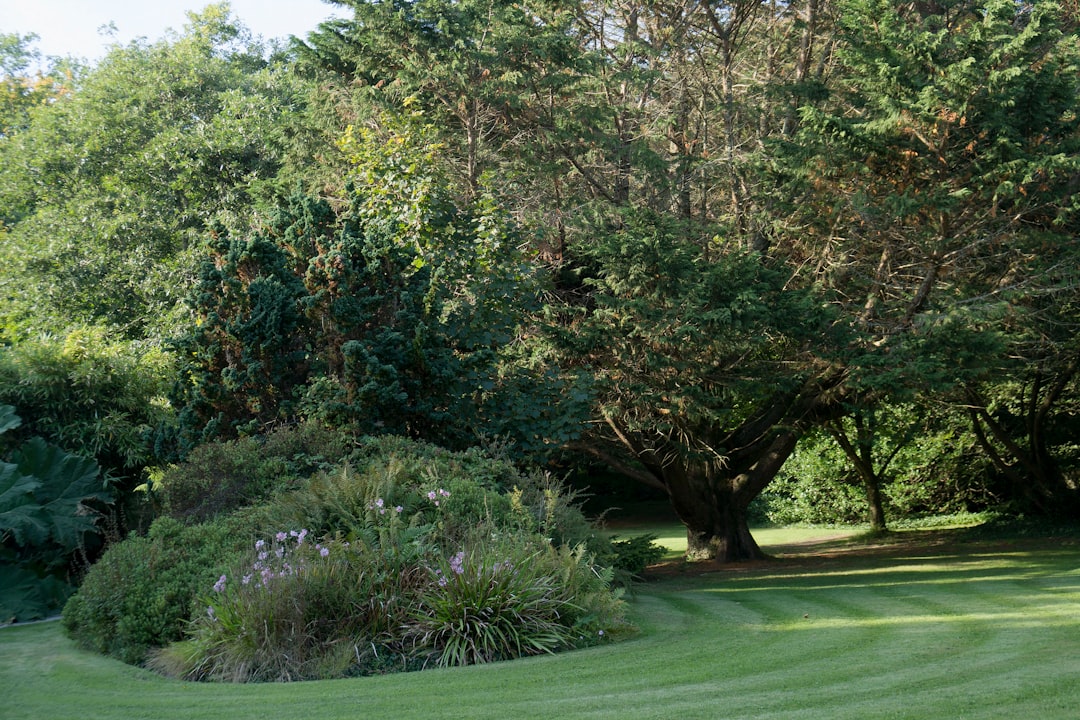Unveiling the Secrets of Lilac Cultivation

Lilacs, those enchanting hardy shrubs, are a timeless symbol of spring. With their myriad varieties, they bring a burst of color and fragrance to any garden. In this article, we'll explore the essential tips for growing these delightful plants, ensuring your garden is a haven of beauty come springtime.
### Understanding Lilacs
Lilacs belong to the genus Syringa, and there are numerous species and cultivars available. From the classic Syringa vulgaris to the more exotic Syringa meyeri, each variety has its own unique characteristics. Some lilacs are known for their large, showy flower clusters, while others offer a more delicate and fragrant bloom. Before you start planting, it's important to choose the right variety for your garden. Consider factors such as the size of your space, the amount of sunlight it receives, and your personal aesthetic preferences.
### Selecting the Right Location
One of the most crucial aspects of growing lilacs is choosing the right location. Lilacs thrive in full sun, so select a spot in your garden that receives at least six hours of direct sunlight per day. They also prefer well - drained soil. Avoid areas that are prone to waterlogging, as lilacs do not tolerate wet feet. If your soil is heavy or clay - like, you can improve its drainage by adding organic matter such as compost or well - rotted manure. A slightly alkaline soil with a pH between 6.5 and 7.5 is ideal for lilacs.
### Planting Lilacs
When it comes to planting lilacs, timing is key. The best time to plant lilacs is in the fall or early spring. If you're planting a bare - root lilac, soak the roots in water for a few hours before planting to rehydrate them. Dig a hole that is twice as wide and just as deep as the root ball. Place the lilac in the hole, making sure the top of the root ball is level with the surrounding soil. Backfill the hole with soil, gently firming it around the roots. Water the newly planted lilac thoroughly to settle the soil.
### Watering and Fertilizing
Proper watering is essential for the health of your lilacs. During the first year after planting, water your lilac regularly to help it establish a strong root system. Once established, lilacs are relatively drought - tolerant, but they still benefit from occasional deep watering, especially during dry spells. Avoid over - watering, as this can lead to root rot. As for fertilizing, lilacs generally do not require a lot of fertilizer. A light application of a balanced fertilizer in the spring can help promote healthy growth and abundant blooms. However, be careful not to over - fertilize, as this can result in excessive foliage growth at the expense of flowers.
### Pruning Lilacs
Pruning is an important part of lilac care. Regular pruning helps maintain the shape of the plant, promotes air circulation, and encourages new growth. The best time to prune lilacs is right after they finish blooming. Remove any dead, damaged, or diseased branches. You can also thin out the interior of the plant to allow more sunlight to reach the center. When pruning, make clean cuts just above a bud or branch junction. Avoid pruning too late in the season, as this can remove the buds that will produce next year's flowers.
### Dealing with Pests and Diseases
Lilacs are generally resistant to most pests and diseases, but they can still be affected by a few common problems. Aphids are a common pest that can suck the sap from the leaves and stems of lilacs. You can control aphids by spraying the plant with a strong stream of water or using an insecticidal soap. Powdery mildew is a fungal disease that can affect lilacs, especially in humid conditions. To prevent powdery mildew, make sure your lilacs have good air circulation and avoid overhead watering. If powdery mildew does occur, you can treat it with a fungicide.
### Propagation
If you want to expand your lilac collection or share your plants with friends, you can propagate lilacs through various methods. One common method is through cuttings. Take a 4 - 6 inch cutting from a healthy lilac plant in the summer. Remove the lower leaves and dip the cut end in rooting hormone. Plant the cutting in a pot filled with a well - draining potting mix and keep it moist. Another method is through layering. Bend a low - lying branch to the ground, make a small cut on the underside of the branch, and bury the cut section in the soil. After a few months, roots will form, and you can separate the new plant from the parent.
In conclusion, growing lilacs can be a rewarding experience. By following these essential tips, you can enjoy the beauty and fragrance of these classic spring shrubs in your own garden for years to come. Whether you're a seasoned gardener or a beginner, lilacs are a wonderful addition to any landscape.